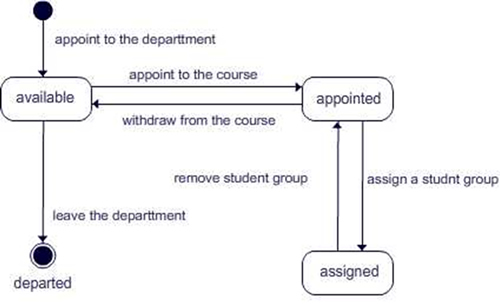The Context
The aim is to produce an overview of the analysis and design stages of a UML project. So we will introduce the main UML concepts,
Class diagrams.
Sequence diagrams.
Communication diagrams.
State diagrams.
This is not a detailed treatment but only an overview to show how these diagrams relate to each other.




